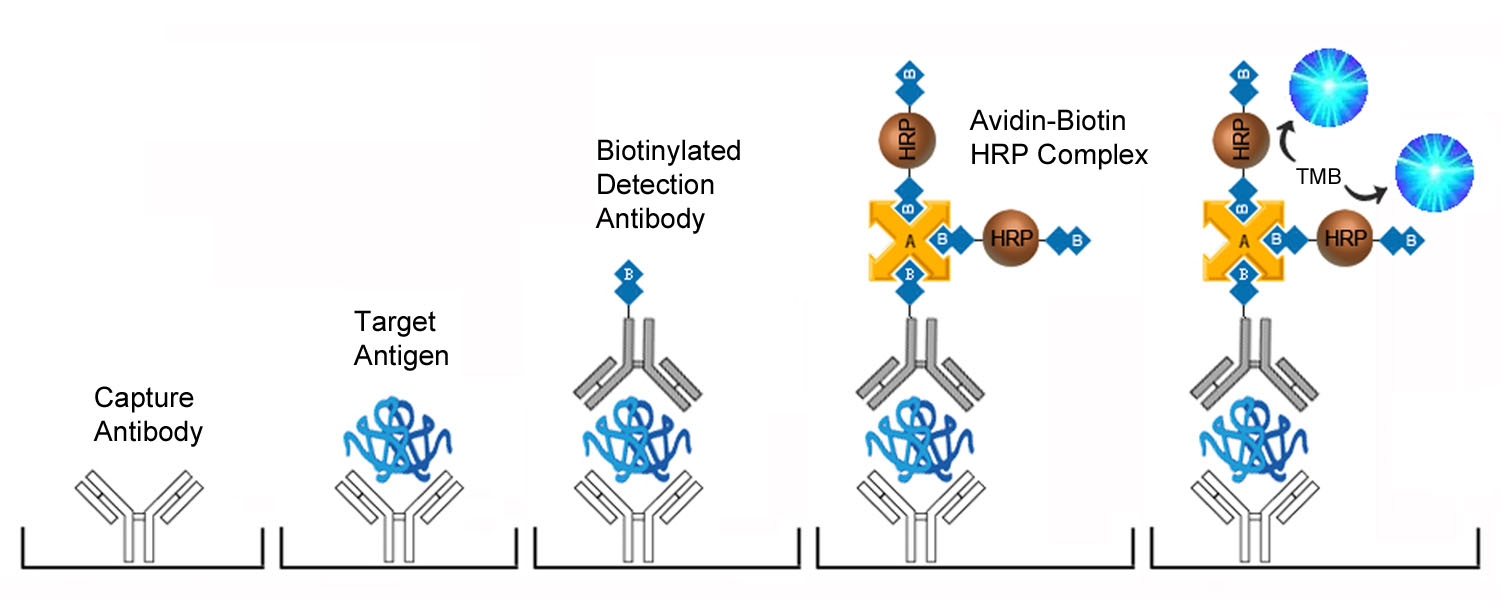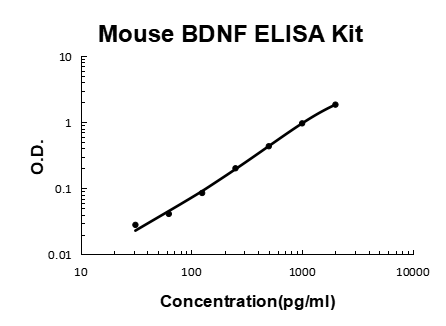Human MPO ELISA kits are a type of laboratory assays that can be used to measure the level of Myeloperoxidase (MPO) in your blood. This article is written for those who have heard about this test and would like more information on how it works.
What is the function of Human MPO?
Myeloperoxidase is produced by granulocytes and monocytes to remove potentially toxic peroxides. It converts hydrogen peroxide (H2O2) to water and oxygen. Hydrogen peroxide is produced by neutrophils and macrophages, and the production of hydrogen peroxide-induced oxidative stress has been implicated in the pathogenesis of inflammatory diseases. To learn more about how this MPO ELISA kit works or to purchase one, please see our website at www.bosterbio.com/human-mpo-picokine-trade-elisa-kit-ek0850-boster.html.

What causes oxidative stress?. It occurs when cells produce more free radicals than there are neutralizing antioxidants to combat them. These radicals are highly reactive molecules with unpaired electrons causing cell damage or death if they accumulate.
Why is Human MPO important?
Myeloperoxidase (MPO) is a bacterial protein that can be found on the surface of most Gram-negative bacteria. It is an enzyme that breaks down myeloperoxidase, a peroxide compound found on red blood cells. This enzyme can be measured using an ELISA kit to detect MPO levels in the serum of the person being tested for infection.
Differences between human and rat MPO
Monoclonal antibodies are used to detect a protein or enzyme in a test sample. Monoclonal antibodies can only be produced from a single clone of the original cell line. Rats cannot produce monoclonal antibodies, which makes them extremely useful for lab experiments. There are several methods that can be used to detect MPO levels in human samples taken from blood and saliva. Rat MPO is also known as human MPO/Myeloperoxidase ELISA Kit
Conclusion
In conclusion, this article has explained the benefits of using a human MPO/Myeloperoxidase ELISA Kit. For example, the kit can allow for more accurate and precise testing results. It's also possible to use the kit in a qualitative or quantitative manner.
